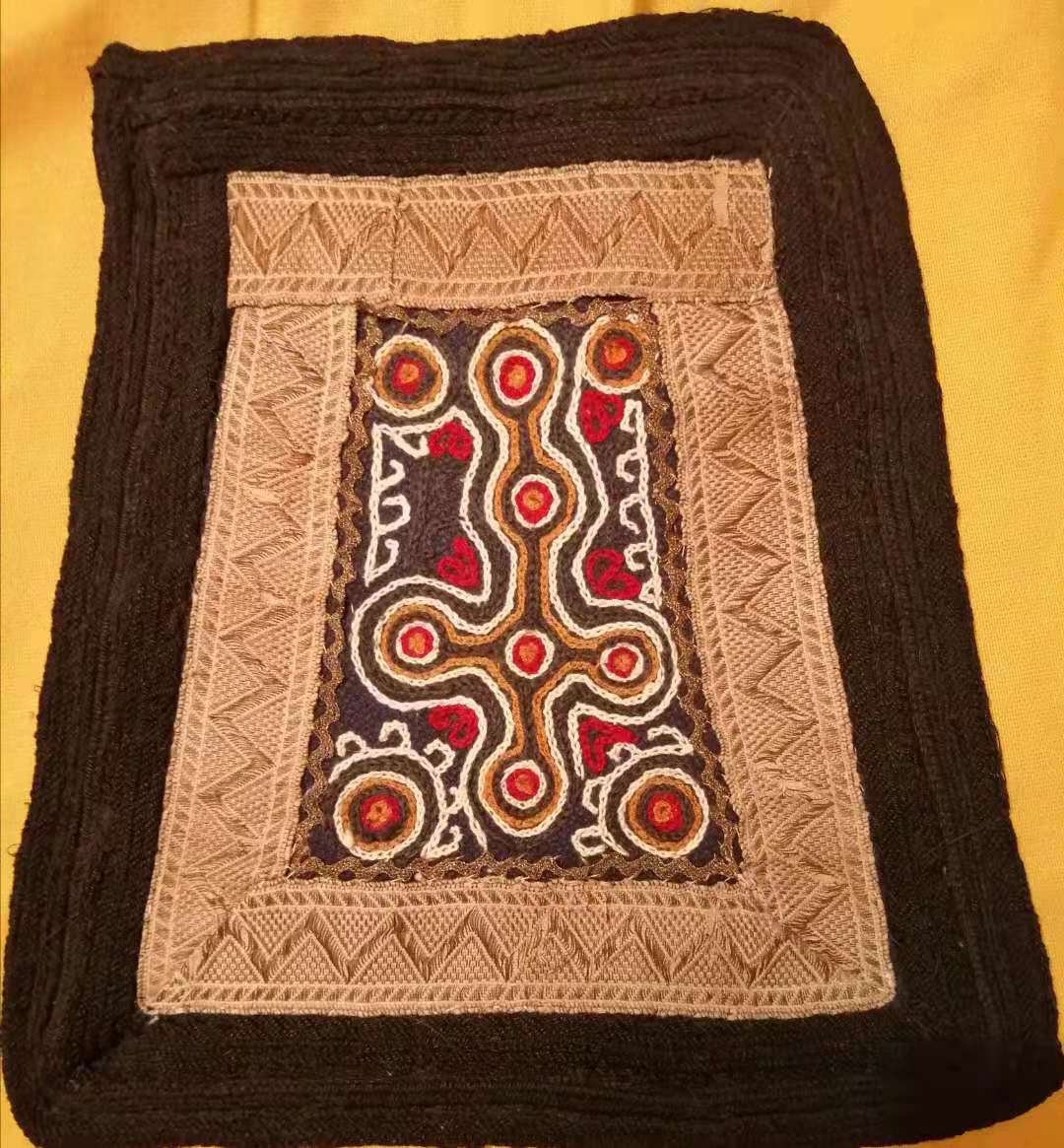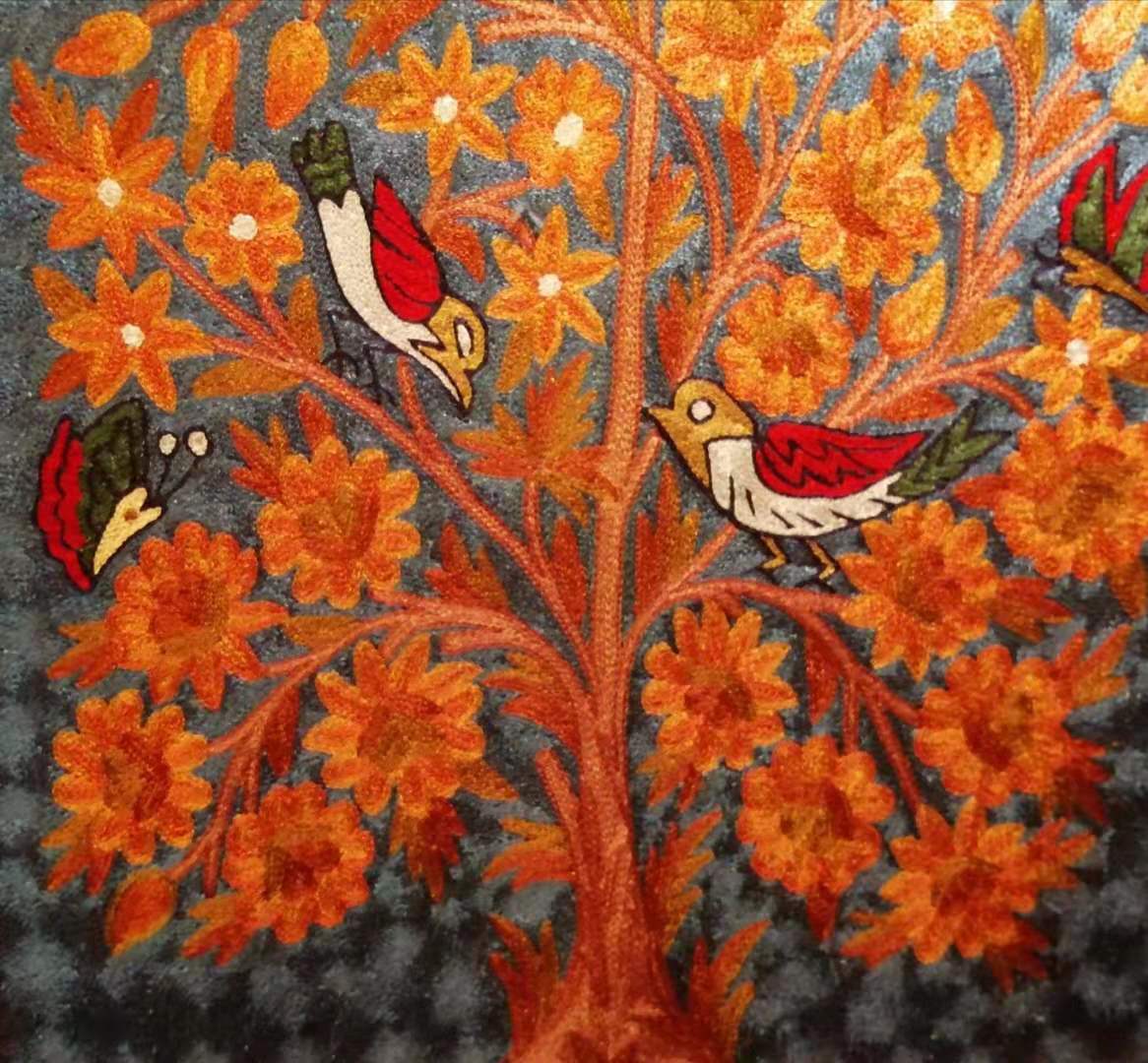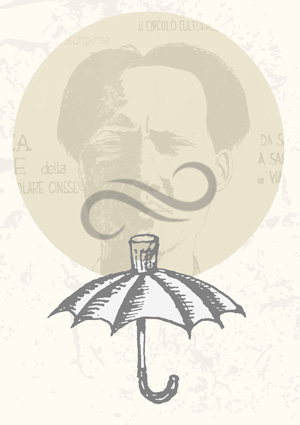


Network literature radiates new life
Author: Duan Danjie
Source: Chinese Social Sciences Today 2020-11-08
Online literature has been around for more than 20 years in China, showing its vigor and great potential. A webinar on network literature was held by the Institute of Literature at the Chinese Academy of Social Sciences (CASS) in mid-October.
In recent years, the development of online literature has brought fresh and impactful topics to contemporary literature. It is gradually embarking on a healthy development track that depends on quality, producing many realistic works that attract readers’ attention.
These excellent realistic works vividly reflect our times and broaden the scope of online literature, said He Hong, director of the Network Literature Center at the China Writers Association. At the same time, network writers increasingly share a sense of identity with mainstream culture and mainstream values. They consciously reflect core socialist values in their works, promote Chinese culture, and demonstrate Chinese spirit.
The development of online literature has reached a new stage, said Bai Ye, president of the Chinese Association of Contemporary Literature and a research fellow at the Institute of Literature at CASS. As one of the most dynamic literary forces in contemporary Chinese literary circles, online literature has developed rapidly in terms of literary creation, work dissemination, website management, industrial linkages, satisfying readers, and serving society. Based on diversity, the creation of online literature draws from Chinese history and culture, faces real life with raw honesty, and comes closer to classic literature. As the number of nonfiction works continues to increase, the forms and structures of online literature have improved, gaining more sustainability.
Ouyang Youquan, a professor from the College of Literature and Journalism and Communication at Central South University, said that against the background of advanced self-media and complex online public opinions, network literature is not merely a "network" or "literature" issue. Network literature plays an important role in the construction of social ideology and mainstream values, national cultural strategies, and online power of discourse. It's also related to mass cultural consumption, national reading, youth development, and even major issues such as the building of cultural soft power and the spread of national image.
Applying traditional literary evaluation standards to online literature has already exposed an obvious incompatibility. If we formulate a set of theoretical models purely according to Western literature and art theory to measure the value of online literature, we will lose theoretical novelty, reality, and locality. This makes constructing evaluation standards for online literature the most urgent problem at present. Given that online literature has a huge consumer base and extensive influence, we need to uphold correct evaluation standards and channel value criteria, Ouyang suggested.
Aesthetic criticism and cultural studies should be organically combined in online literature review and research, said Huang Fayou, a professor from the School of Literature at Shandong University. In terms of evaluation criteria, the study of online literature requires both an aesthetic and cultural vision. In addition, internet literature can learn from related disciplines such as sociology, cultural studies, journalism and communication, and information science to expand academic horizons.
According to Zhou Zhixiong, a professor from the College of Liberal Arts at Anhui University, the evaluation system for network literature should have corresponding dimensions for values, theories, aesthetics, cultural content, technical skills, audience acceptance, and market appeal. In addition to being effective and commensurable, the evaluation system should inspire network literature to reach a higher level.
As new technical means constantly refresh network media and reconstruct network cultures, the study of network literature should pay more attention to scientific thinking and methods. Language analysis software can be applied to network literature, thus integrating philological methods and data analysis, Huang added.
Online literature studies can be combined with the study of science fiction, said Huang Mingfen, a professor from the Department of Chinese language and Literature at Xiamen University. Uniquely positioned within network literature with a unique reference system and its own measurements for evaluating network literature, science fiction can be taken as an important perspective of network literature review.
The Institute of Literature announced the establishment of a network literature research office at the webinar, a major event in the history of network literature that will support the disciplinary development of literature.
"We will work to integrate multi-disciplinary resources, streamline the development process of China’s network literature, comprehensively build a cutting-edge theory and evaluation system that fits the features of network literature," said Liu Yuejin, director of the Institute of Literature at CASS.
Editor : Yu Hui
KIRO UEHARA
WU PAOLA MIN YI
ORIT DRORI
Samuli Paulaharju : a story in images
Roma, San Lorenzo Foto di Claudio Traversi
Photos of Riccardo Branchicella
Migrant culture calls for respect and inclusiveness
Author : LI NAITAO Source : Chinese Social Sciences Today 2020-11
The migrant culture is a product of the integration between native and non-native cultures. It is open and inclusive. Given cultural shocks brought by migration, issues related to the migrant culture have received much attention.
Previous studies on the migrant culture focus mainly on its external features, touching much less upon the internal relationship between native and non-native cultures. In fact, analyzing the relationship in depth and clarifying the role of the two sides in the generation and development of migrant culture are of great significance to theoretical studies and social development.
The clash, and even conflict, between native and non-native cultures have resulted in misconceptions about their relationship. Exclusionism and reconstructionism are the two typical misconceptions.
Exclusionism
There is rejection, denial and prejudice against non-native cultures, which can be summarized as exclusionism. Exclusionism can be formal and virtual. Formal exclusionists regard external cultures as scourges or negative, backward cultures, and reject them in practice, while virtual exclusionists accept external cultures on surface levels, but disapprove of them via value orientation.
Virtual exclusionism is more common in contemporary society. Some migrant cities welcome foreign populations and cultures on the surface, but in fact they blindly give preference to native cultures and create cultural barriers, posing hindrances for external cultures to blend into local society.
The two types of exclusionism exist concurrently and exhibit multiple features in social reality. For example, some cities vigorously promote their own dialects under the pretext of protecting local languages and cultures, engaging in cultural protectionism. This is also a type of exclusionism. Scholars warn that the failure to handle cultural transfer and adaptation in the process of migration leads to cultural vacuums and enclaves.
Exclusionary opinions and practices require vigilant study and reflection. On one hand, external cultures are valuable and unique, and on the other hand, culture is fluid and open in itself.
The migrant culture is grounded largely upon non-native cultures. Non-native cultures are an important source for the migrant culture, they provide a foundation which sustains the latter.
Culture's fluidity suggests that different cultures can interweave and integrate, yielding new cultural types. Culture is open. No culture can develop in a closed state. The migrant culture exists and develops as a result of its openness and inclusiveness. The exclusion of external cultures misses an essential element within culture, it doesn't account for cultural diversification, and doesn't conform to the development laws of migrant culture.
Reconstructionism
Reconstructing native cultures, or reconstructionism, is in essence cultural elitism. This is the elite culture's encroachment upon popular culture.
Reconstructionism is particularly tied to modernization. The modern civilization, represented by urban cultures, has reconstructed traditional civilization, which is represented by rural cultures, to an unprecedented degree. Many rural cultures are considered backward and thus discarded.
Reconstructionism is in fact a misunderstanding of native cultures. The historic continuity of native cultures indicates that rash reconstruction will jeopardize their richness and disrupt their inheritance.
For instance, in the midst of urbanization, many cities have recklessly demolished original cultural heritage sites, like ancient buildings, in order to build so-called urban cultures, which has not only destroyed the local historical and cultural landscape, but also broken pathways for understanding local cultural inheritance.
Both native and non-native cultures need cultural space. The simple, crude reconstruction will inhibit the survival of cultures and impede cultural inheritance and development.
We should reflect on the opinions and practices of reconstructionism from two perspectives. First, culture is diverse. Every cultural model relies on a distinct group for support, and requires its own space to survive. Any idea, or action, to reconstruct one culture and replace it with another, is cultural hegemony, and an abuse of power. Cultural monism and hegemony are incompatible with our reality.
The second consideration is cultural development and inheritance. No culture arises out of nothing. Reconstructionism undermines the natural association between cultures and obstructs their intrinsic connection and mutual integration.
Cultural development counts on the power of cultures themselves. Some moves seem to advance cultural prosperity in the short term, but in the grand scheme of history, they might eventually exhaust the cultures. Therefore, the stance of reconstructionism is by nature an unsustainable approach to cultural development.
Acceptance
Both exclusionism and reconstructionism fail to recognize the nature of migrant culture, or correctly contextualize native and non-native cultures. First, native and non-native cultures both hold an important position in the construction of migrant culture. Moreover, the two should perform their distinct functions, neither excluding, nor reconstructing, or replacing each other.
The generation of migrant culture is inseparable from the daily life of every migrant or migrant group. Every migrant contributes to a more complicated cultural history. They carry their own cultures, blending into local life, while catalyzing the constant development of migrant culture. The formation of migrant groups is also a process in which migrant cultures evolve and migrant societies come into being.
From the perspective of cultural development and cultural diversity, migrant culture has become a special cultural form exactly due to the integration of non-native cultures and the absorption of native cultures. Neither of them can be dispensed with.
Every culture represents the living conditions of a certain group, and several cultures coexist in the same space. Their reasons for formation vary, as do their forms of existence, and none of this affects their respective states.
In different historical periods, some cultures were strong while some were weak. Sometimes strong cultures attempted to rule over weak ones, but no culture completely conquered the other side.
When analyzing representative migrant cultures, it is clear that tolerance for and integration of diverse cultures creates distinctive migrant cultures.
Take Hong Kong as an example. As a typical migrant city advocating for cultural openness and inclusiveness, it has not only retained the special charm of the southern Guangdong culture, but also assimilated rich qualities of overseas cultures, gradually creating a cultural style unique to Hong Kong.
Migration has taken increasingly diverse forms, while such problems as cultural adaptation and conflict grow in the process. Clarifying the relationships between native and non-native cultures within the migrant culture is the key to coping with practical problems amid migration.
At present, the universal "identity issue" is also complicated, involving self-identity and psychological identity. It is an issue of cultural identity. If native and non-native cultures are isolated, migrants will hardly acquire any identity, but will be inclined to reject native cultures, thus causing a series of problems concerning migrants’ identity. To realize cultural identification, it is essential to respect cultural differences and diversity, rather than prejudicing or discriminating against each other.
The migrant culture should be in a natural state. Exclusion of non-native cultures and reconstruction of native cultures are both inadvisable. Different cultures should maintain appropriate boundaries while holding open and inclusive attitudes to sustain distinctive migrant cultures and realize cultural renewal, integration and development. Properly handling the relationship between native and non-native cultures is not only the first step to understanding the migrant culture, but also guides actions which promote cultural integration and inheritance.
Li Naitao is from the Immigration Culture Research Center at Shenzhen University.
Editor: Niu Xiaoqian





